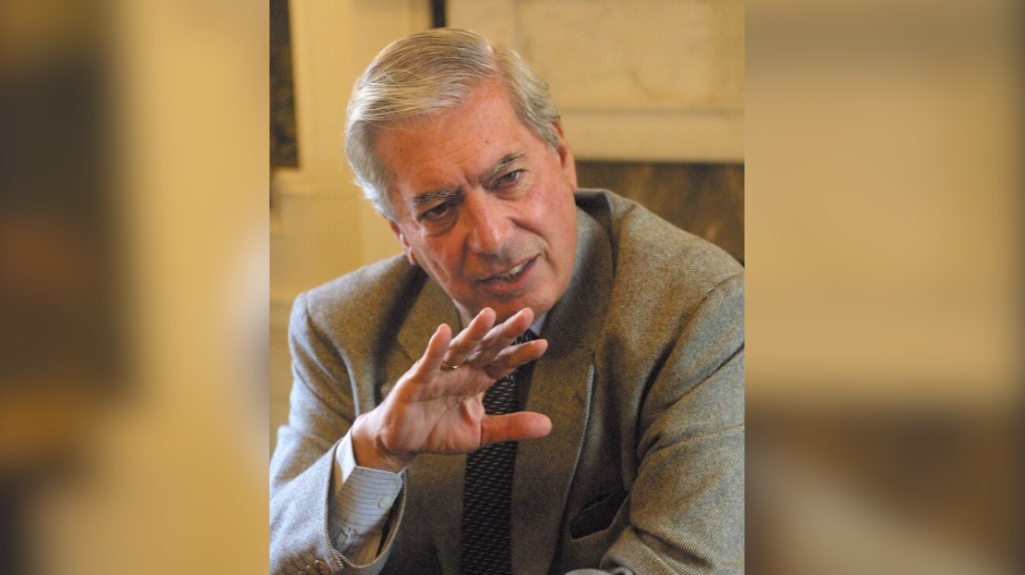What Did Jorge Luis Borges See in Xul Solar?
What Did Jorge Luis Borges See in Xul Solar?
Xul Solar and Jorge Luis Borges: The Art of Friendship at Americas Society “reveals the multifaceted artistic and intellectual project that Borges and Solar shared.”
The writer Jorge Luis Borges once referred to his friend the artist Xul Solar as “one of the most singular events of our era” (from “Xul Solar and His Art,” translated by Christopher Leland Winks, in Xul Solar and Jorge Luis Borges: The Art of Friendship). Those in New York have the opportunity to see an important selection of works by the two friends in an exhibition at the Americas Society. Curated by Gabriela Rangel, the show sheds new light on the work of Borges and, through the lens of friendship, reveals the multifaceted artistic and intellectual project that he and Solar shared. As the quote above demonstrates, Borges regarded the artist as not only a collaborator and interlocutor, but also as a model and inspiration. It alludes as well to the range of Solar’s production. On view are numerous artworks, games, and research inspired by his intellectual curiosity and erudition, plus a large number of watercolors, in which he constructed imaginary universes from many cultures, languages, and artistic tendencies.
The artist had diverse interests, among them world languages, literature, mathematics, and religions; ancient and contemporary art; and the occult. One of his projects involved the creation of new universal languages he called Neo Creole and Pan Lengua. His interest in the visual aspects of these languages is evident in 1928 pencil drawings of vignettes for Borges’s essay “The Language of the Argentines.” The vignettes include Solar’s signature imagery: hybrid human-animal figures; geometric and architectural structures; cosmological, astrological, and occult signs; flags; and symbols drawn from various historical cultures and periods, such as ancient and pre-Columbian art....
In any event, after seeing the show at the Americas Society, I wondered what might be lost when the artist’s complex work is only partially represented, as it is in Venice. Is his interdisciplinary project obscured when one sees documents, studies, or a game but not his drawings? And in omitting the drawings to emphasize the artist’s interest in the occult within an exhibition that includes works by self-taught artists and ritual imagery, might Xul be misunderstood as an eccentric mystic, working in isolation in Buenos Aires? This would be an unfortunate irony, since Xul Solar and Jorge Luis Borges were already investigating, enacting, and raising questions of the local and global in the early 20th century — questions that are often regarded as novel and groundbreaking today.....








